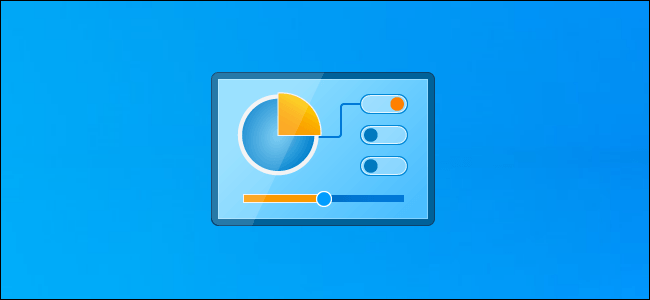Windows 10 still has Control Panel or control Panel. Some of the settings only appear in the Control Panel, so below we'll see how you can find the Control Panel, which is somewhat hidden and harder to find compared to Windows 7.
In Windows 7, you can click the "Start" button and then click "Control Panel". In Windows 8 and 8.1, you can right-click the "Start" button and click "Windows Control Panel".

Starting the Control Panel in Windows 10 is very easy: Click the Start button or press the Windows key, and type "Control Panel" or "Control Panel" in the search box, continuing with Enter. Windows will search for and open the Control Panel application.
If you frequently use the Control Panel, right-click on the Control Panel icon after it starts and select "Pin to Taskbar". This will allow you to open the application without searches.
You can also create one shortcut του Πίνακα Ελέγχου στην επιφάνεια work of Windows 10.
Ανοίξτε το μενού Έναρξη, και στο κάτω μέρος της λίστας των εφαρμογών κάντε κλικ στο φάκελο “Σύστημα των Windows” (Windows System). Drag and drop τη συντόμευση “Πίνακας Ελέγχου” στην desktop you.
Of course there are other ways to open the application. For example, you can press together [icon name = ”windows” class = ”” unprefixed_class = ””] + R to open a RUN window, then type “control” or “control panel” and press Enter.
This command can also be executed from a PowerShell window.
_______________________
- Create a new virtual desktop in Windows 10
- How to Remove Spam From Your Wi-Fi
- Secure your Wi-Fi: Measures and countermeasures for everyone
- Emojis? as folder, file, and disk names in Windows 10
- Disable AutoFill in Run and File Explorer in Windows 10
- Video Speed Controller: Video Speed Controller for Google Chrome




Another way: Start / Settings / Personalization / Themes / Desktop Icon Settings (top right in the window) and click Control Panel